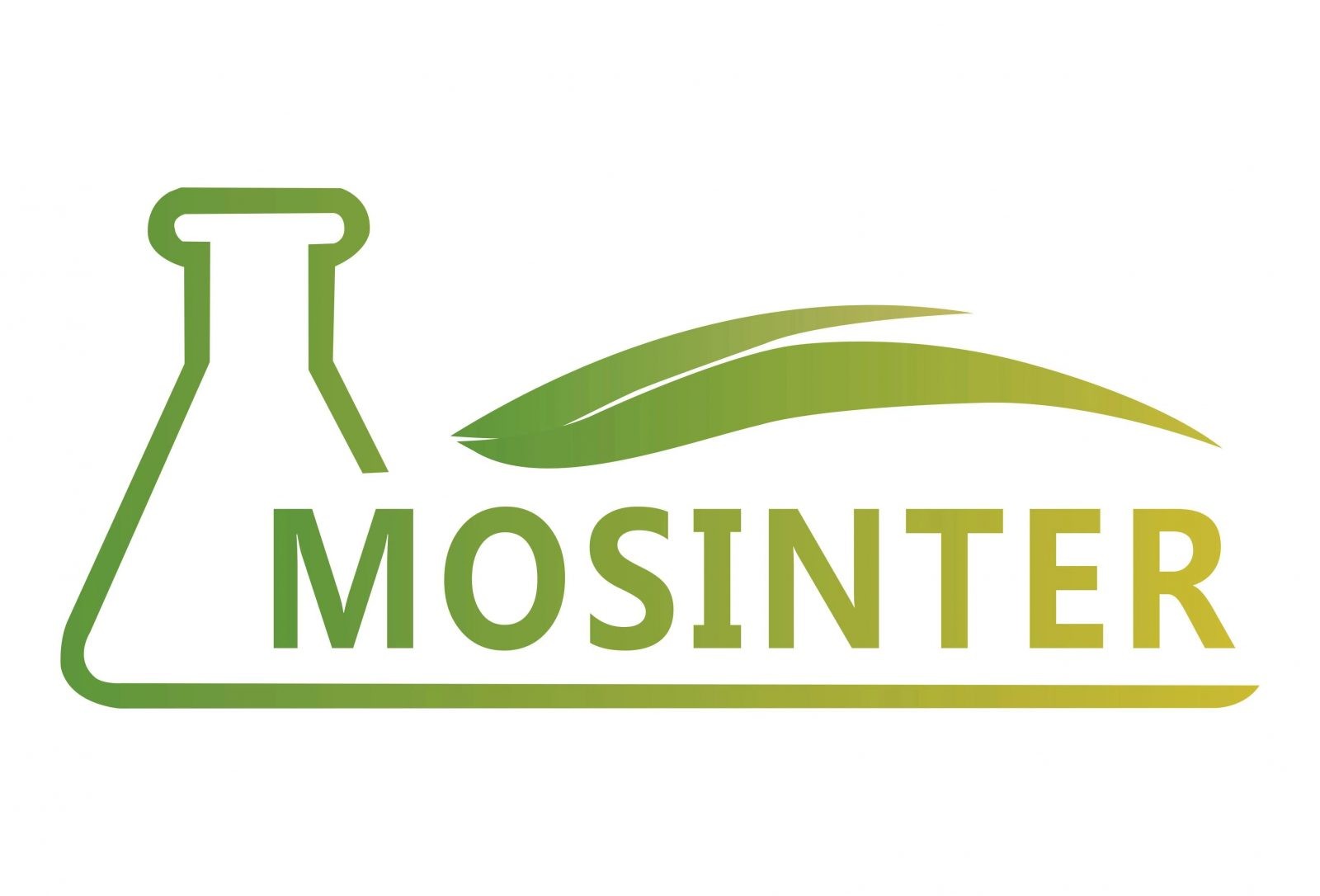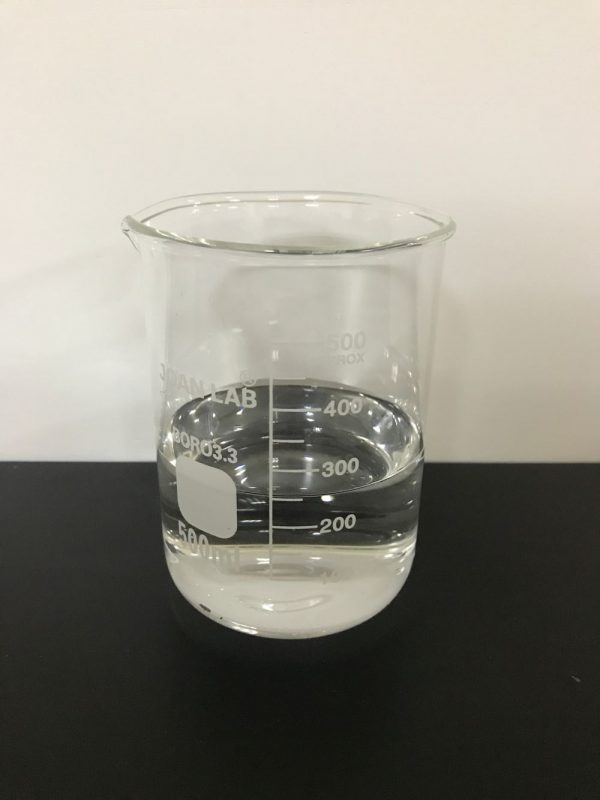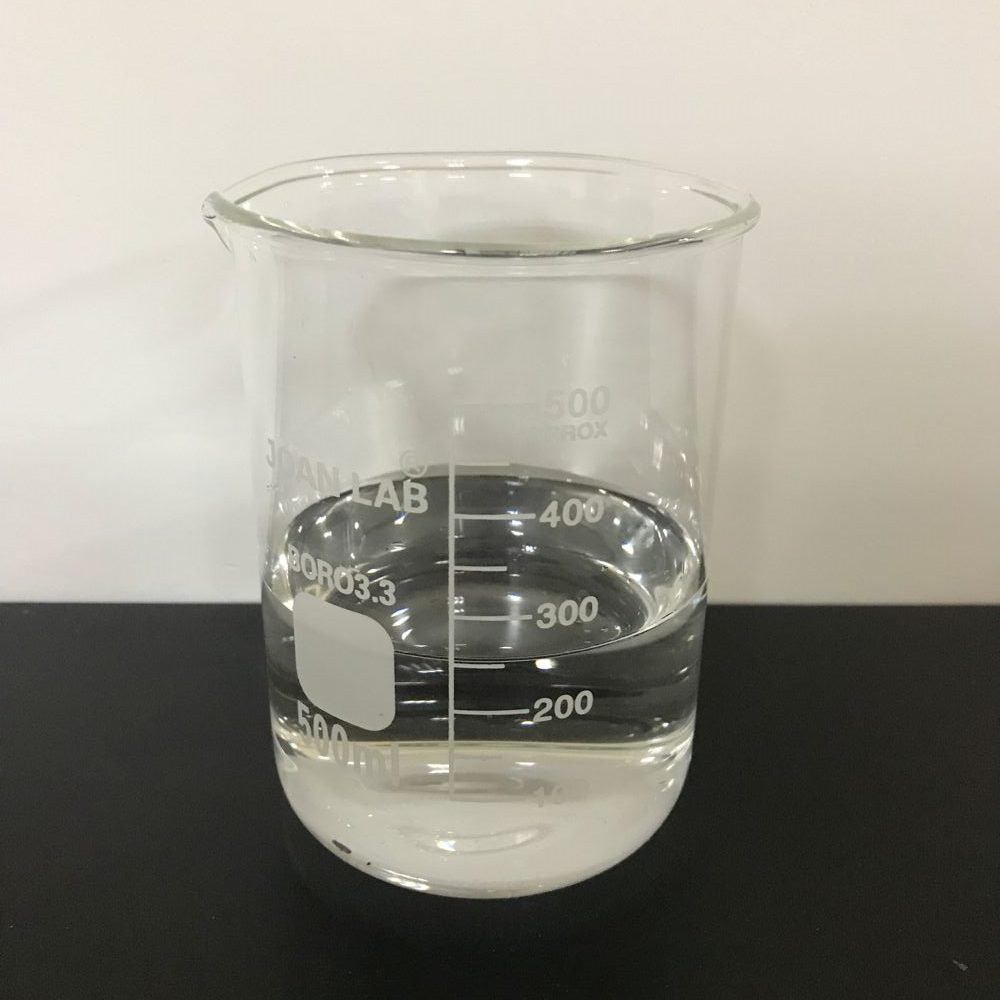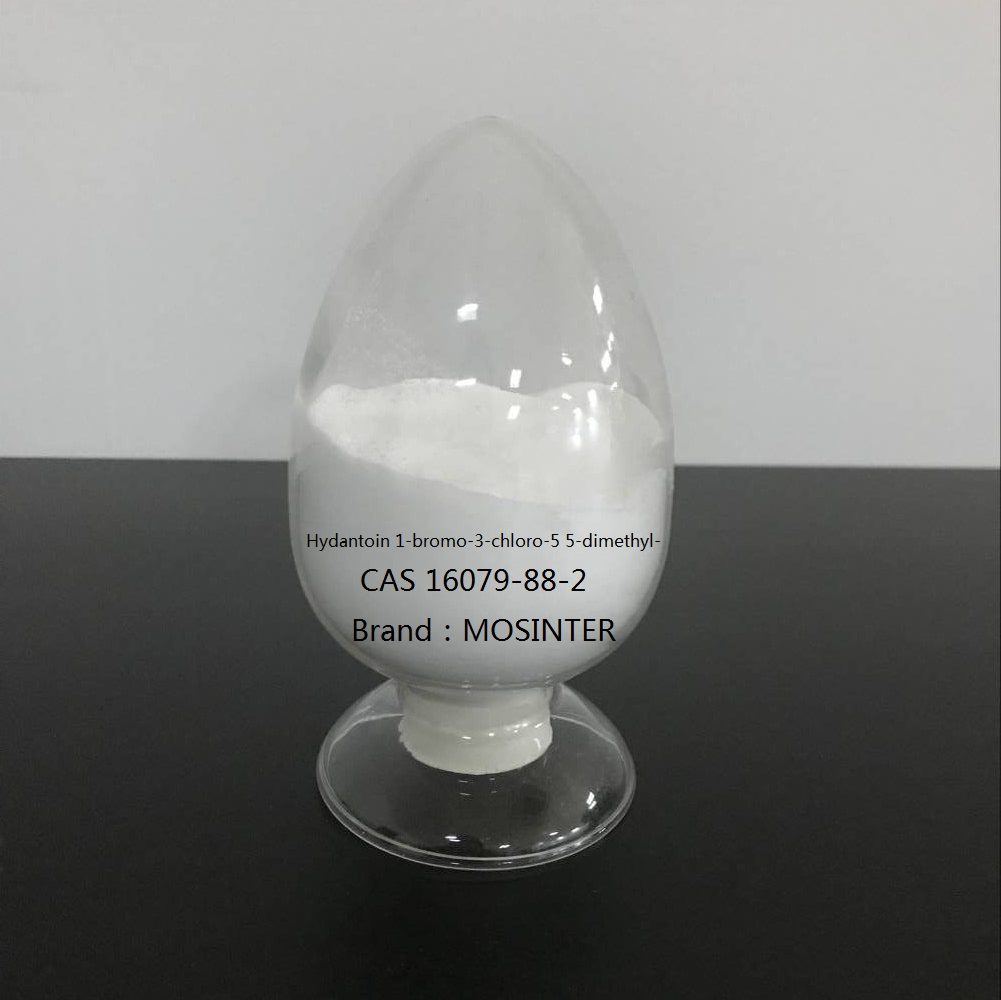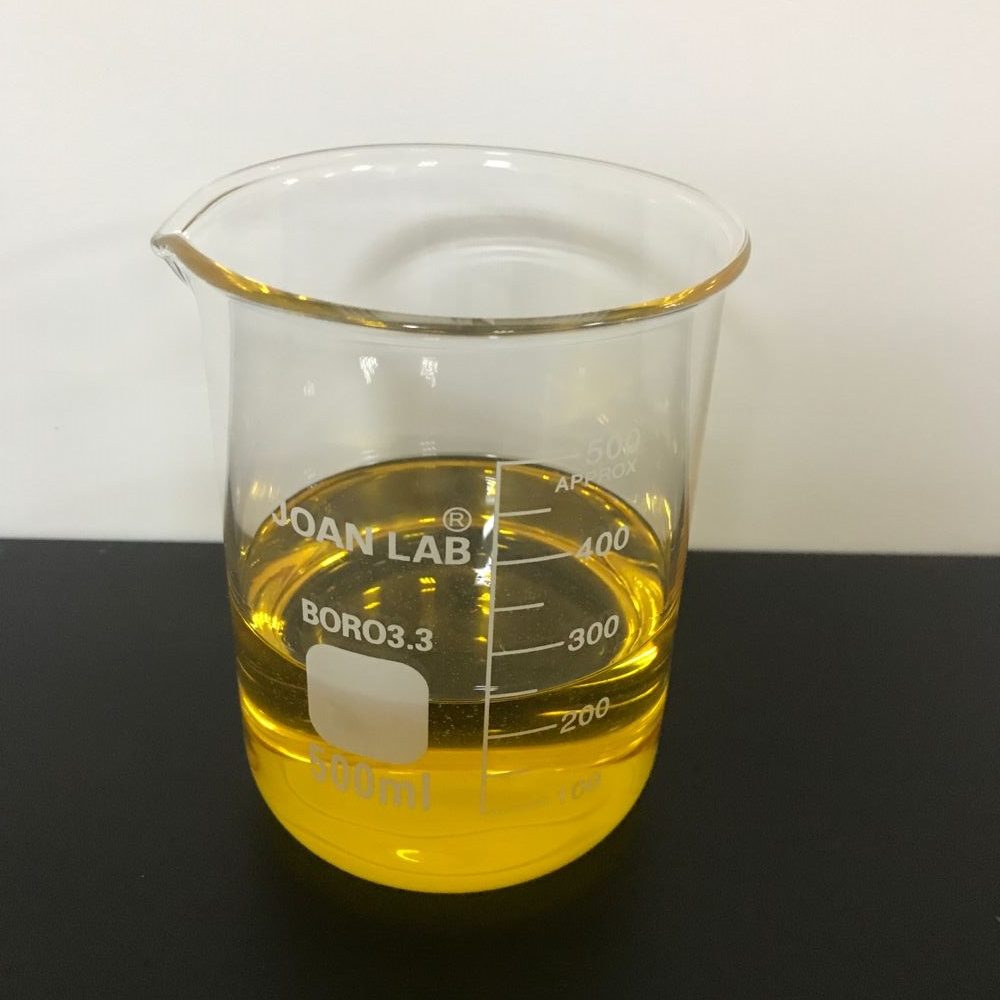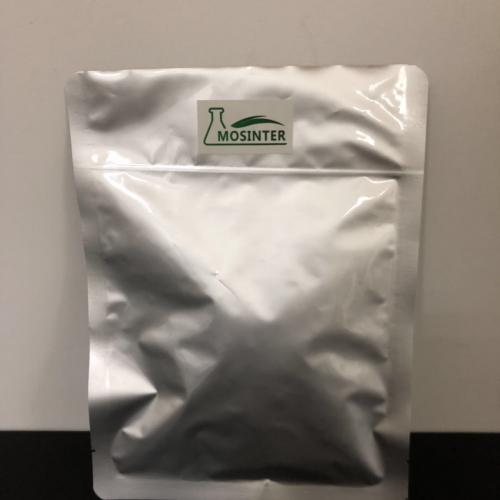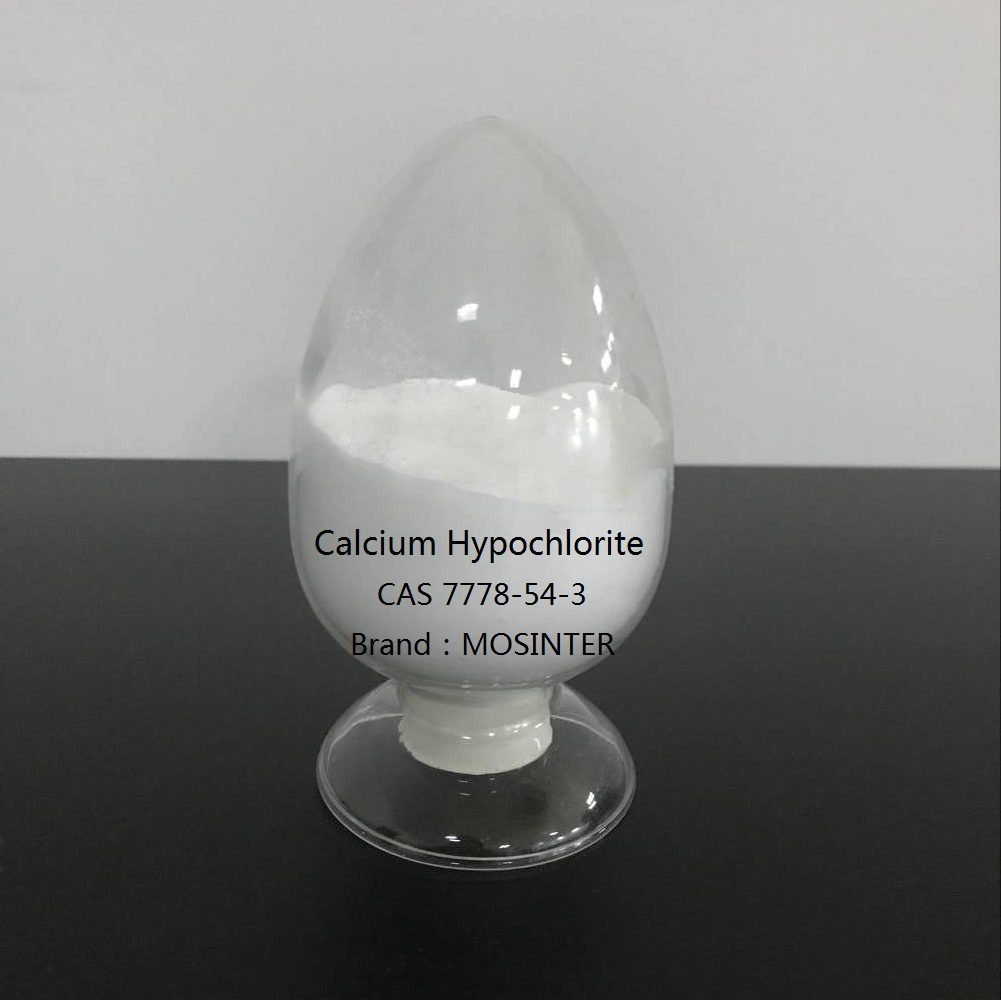- Have any questions?
- +86-189 8930 5995
- sales@mosinterchem.com.cn
Nitrilotrimethylene Triphosphonic Acid ATMP CAS 6419-19-8

HEDP CAS 2809-21-4
21/12/2018
Hydrogen Peroxide CAS 7722-84-1
21/12/2018| Model: | MOS6419-19-8 |
| Brand Name: | MOSINTER |
| CAS No.: | 6419-19-8 |
| Purity: | 50.0% |
| Active ingredients (ATMP) %≥: | 50.0 |
| Phosphite (PO33-) %≤: | 3.5 |
| Chloride (Cl-) %≤: | 2.0 |
| PH(1% Solution): | 1.5-2.5 |
| Phosphate (PO43-) %≤: | 0.8 |
| Appearance: | Colorless or light yellow transparent liquid |
| Aminotrimethylene acid content %≥: | 40.0 |
| Iron (Fe2+) (ppm)≤: | 20.0 |
| Density (20℃)(g/cm3)≥: | 1.30 |
Nitrilotrimethylene Triphosphonic Acid (CAS: 6419-19-8)
| Item | Index |
| Appearance | Colorless or light yellow transparent liquid |
| Active ingredients (ATMP) %≥ | 50.0 |
| Aminotrimethylene acid content %≥ | 40.0 |
| Phosphite (PO33-) %≤ | 3.5 |
| Phosphate (PO43-) %≤ | 0.8 |
| Chloride (Cl-) %≤ | 2.0 |
| Iron (Fe2+) (ppm)≤ | 20.0 |
| Density (20℃)(g/cm3)≥ | 1.30 |
| PH(1% Solution) | 1.5-2.5 |
General Statement
ATMP acid and its sodium salts are mainly used as scale inhibitors in water treatment. These phosphonate substances are also used in detergent and cleaning applications, in paper, textile and photographic industries and in off‐shore oil applications.
ATMP acid and its sodium salts are mainly used as scale inhibitors in water treatment. These phosphonate substances are also used in detergent and cleaning applications, in paper, textile and photographic industries and in off‐shore oil applications. Pure ATMP is solid but the substance is manufactured and marketed as a colourless to pale yellow aqueous solution. ATMP acid and some of its sodium salts may cause corrosion to metals and may cause serious eye irritation to a varying degree dependent upon the pH/degree of neutralization.
The marketed products, used in industry or for professional purpose, must be handled under stringent safety conditions at the workplaces, in accordance with the risk management measures to keep the exposure at a safe level and preserve human health and environment.
ATMP use in consumer products is minor, it may be found at low level in detergents, personal care products or fertilizers; it is formulated in suitable concentrations according to appropriate regulations to ensure safe use.
Uses and applications
ATMP may specifically be used as an intermediate for producing the phosphonates salts. The salt is used in situ (usually the case) or stored separately for further neutralization.
A major application of phosphonates is in treatment of cooling and boiler water systems as scale inhibitors. In particular, for ATMP and its sodium salts, prevention of the formation of calcium carbonate scale.
Phosphonates of this type are also used to prevent scale formation in “squeeze” applications in off‐shore oilfield use.
Phosphonates are used as stabilizers for peroxides, particularly in pulp bleaching in paper industry or in the scouring and bleaching processes of textile industry. Phosphonates of this category are used in consumer detergent applications as additives to provide a range of properties such as anti‐redeposition and soil dispersion or as perborate and percarbonate stabilizers preventing decomposition by transition metals. These substances act as a chelating agent and hydrogen
peroxide stabilisers in personal care products such as bar soaps and hair care preparations. Further uses in specific industrial and professional detergent formulations may be found in hard surface cleaning, vehicle washing and dairy cleaning.
The substances are also dispersant and scale inhibiting agent in some agricultural fertilizer preparations.
They may be used also as a dispersant and viscosity conditioner in coatings and in ceramics slurry, they will be degraded in case of high temperature process. Phosphonates can be used as chelating agent in weaving and dyeing industries and as metal surface treatment agent.
